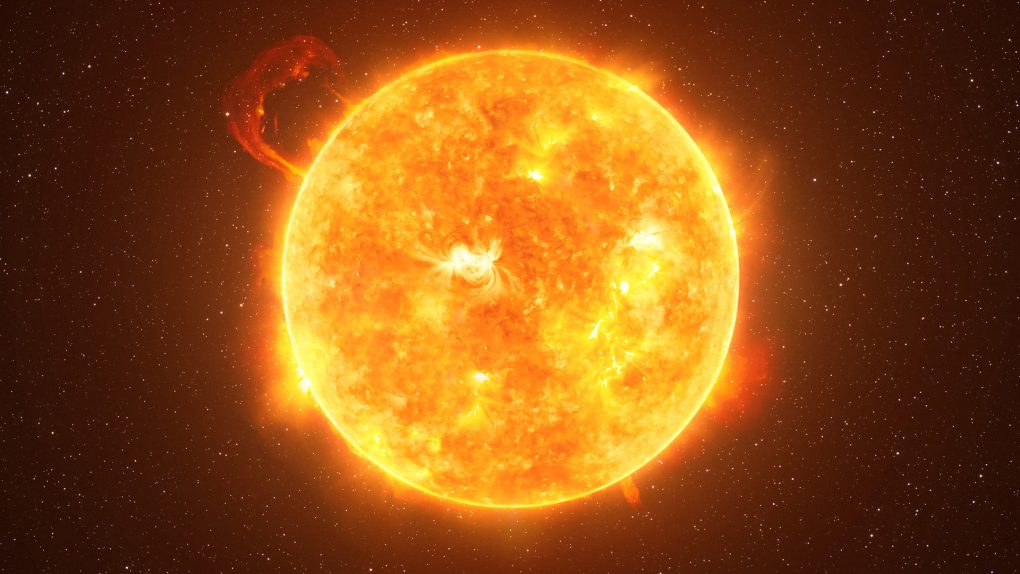Our Sun is a terrifying and beautiful cosmic object, and while scientists are sure that the Sun will explode one day, destroying Earth along with it, there’s still a lot we don’t know about our solar system’s star. Now, thanks to NASA’s NuSTAR telescope, we’ve been given a look at hidden light shows on the Sun.
It shouldn’t be surprising that our star puts off more light than we are able to see with our naked eye. After all, we can observe the universe in more profound ways using different wavelengths of light that human brains can’t see on their own. But, these hidden light shows on the Sun are not something new.

In fact, every star puts off tons of different types of x-rays and lights, allowing for the various materials found within the surface and atmosphere of those stars to emit different variations of light and energy. That’s because some of this hidden light on the Sun is caused by hotter or colder areas within the star.
A new image shared by NASA’s Jet Propulsion Laboratory has given us a combination of data gathered by NASA’s NuSTAR telescope and data from the X-ray telescope on Japan’s Hinode mission. The image also includes data from the Solar Dynamics Observatory and gives us a glimpse at hidden light shows on the Sun.
Additionally, NASA has included an overview that breaks down the three images that provided the data, so that you can see the different ways that these observatories look at the Sun. NASA hopes that NuSTAR’s view of the Sun, which helped reveal these hidden light shows, could help explain the mysteries of the corona.

This outer atmosphere has long been a baffling entity for astronomers, as it can reach over one million degrees, at least 100 times hotter than the surface of the star. This distribution of heat has long baffled scientists and the hope is that by studying these hidden light shows, they can learn how the atmosphere is hotter and what created these hidden light shows on the Sun.
Alongside observations taken by the Parker Solar Probe, which touched the Sun’s atmosphere, NASA will have plenty of data to dig into and try to understand. Hopefully, it all brings us more understanding about our star. But, if not, at least we got to see some hidden light shows on the Sun in the process.








